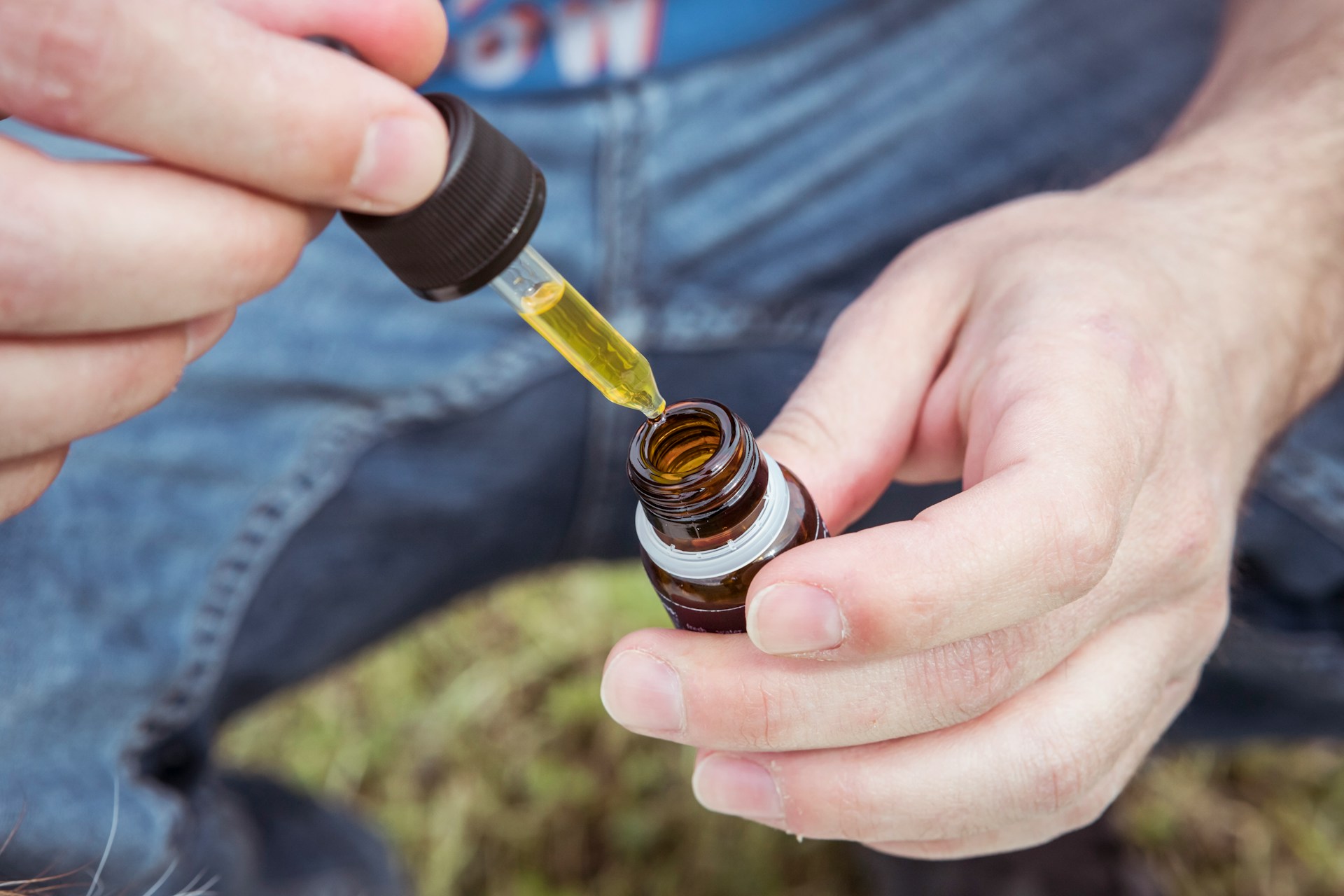
With an ever-growing demand for diverse consumption options and increased product potency, cannabis concentrates have emerged as a significant segment of the marijuana market. These highly concentrated products offer a more intense, longer-lasting experience as opposed to traditional flower consumption, attracting a wide range of both therapeutic and adult-use consumers. As a result, understanding the various extraction methods used in producing these potent offerings is essential for appreciating their quality, potency, and overall impact.
Join us as we embark on a fascinating journey into the world of cannabis extraction methods, shedding light on the art and science of concentrate creation. Whether you’re an experienced enthusiast or a curious newcomer, our exploration of extraction techniques will provide valuable insights into these potent products and their unique characteristics. Together with 406 Essence, let’s take a more in-depth look at the sophisticated world of cannabis concentrates and elevate our understanding of this rapidly growing segment of the marijuana industry.
Solvent-Based Extraction Techniques
Solvent-based extractions are among the most widely used methods for producing cannabis concentrates due to their efficiency and ability to yield potent, high-quality products. Two of the most common solvents in this category are butane and CO2. Let’s explore these methods in more detail.
- Butane Hash Oil (BHO) Extraction: BHO extraction involves passing butane through cannabis plant material, dissolving the cannabinoids and terpenes in the process. The solvent is then evaporated, leaving behind a highly concentrated, resinous substance known as butane hash oil. BHO extraction can create various textures, such as shatter, wax, or crumble, depending on the specific processing techniques.
- CO2 Extraction: Regarded as a cleaner alternative to BHO, CO2 extraction utilizes supercritical carbon dioxide to extract cannabinoids and terpenes from cannabis plant material. The process produces a highly concentrated oil that can be further refined into a variety of product formats, such as vape cartridges and tinctures. CO2 extraction is known for its efficiency, safety, and ability to preserve cannabinoids and terpenes in the final product.
Solventless Extraction Techniques
For those seeking a more natural, chemical-free option, solventless extractions offer an alternative route to creating cannabis concentrates. These techniques rely on a combination of heat, pressure, and agitation to separate the desirable compounds from the plant material.
- Rosin Pressing: Rosin extraction involves applying heat and pressure to cannabis flowers or hash, forcing the oils containing cannabinoids and terpenes to separate from the plant material. The resulting product is a highly concentrated, solvent-free concentrate known as rosin. An increasingly popular choice among consumers, rosin offers a potent, full-spectrum experience that retains the plant’s original profile.
- Dry Sift and Bubble Hash: These solventless extraction methods rely on agitation and filtration to separate the trichomes (tiny resinous glands containing cannabinoids and terpenes) from the plant matter. Dry sift involves the use of fine mesh screens to filter and collect the trichomes, whereas bubble hash employs ice, water, and multiple filtration bags to achieve the same goal. Both methods result in a particulate, powder-like final product that can vary in quality based on the techniques employed.
Choosing the Right Concentrate for You
To choose the most suitable cannabis concentrate, it’s crucial to consider factors such as personal preferences, desired potency, and consumption methods. For instance, those seeking a full-spectrum experience may prefer rosin or bubble hash, while consumers looking for a refined, highly potent option might gravitate towards CO2-extracted oils. Additionally, the intended consumption method—such as vaping, dabbing, or mixing into edibles—will also affect your selection.
Understanding the nuances of these various extraction methods will not only broaden your knowledge but also allow for a more informed decision-making process when selecting concentrates. Remember always to consult a knowledgeable professional at your dispensary to guide you through your options based on your individual preferences and needs.
The Future of Cannabis Extraction
As the cannabis industry continues to innovate, producers are tirelessly striving to refine extraction techniques and improve overall concentrate quality. The future of cannabis extraction may see even more advanced methods, such as ultrasonic and microwave-assisted processes, that pave the way for cleaner, more efficient, and environmentally friendly practices.
With the increasing interest in the medicinal and therapeutic properties of lesser-known cannabinoids and terpenes, researchers and producers are working to optimize extraction methods to enhance their preservation in concentrates. This will pave the way for more specialized, targeted products tailored to the individual needs of consumers.
Conclusion
The diversity of extraction techniques in cannabis concentrate production illustrates not only the incredible ingenuity of the industry but also the myriad opportunities to cater to the unique needs and preferences of consumers. By understanding the various extraction methods and their implications for the final product, we can make more informed decisions about the concentrates we consume and ultimately enhance our overall experience with these potent offerings.
Discover the perfect cannabis product to elevate your experience with 406 Essence. We’re committed to providing our clients in Billings, Montana, with knowledge and insights on cannabis concentrates and extraction methods. Join us now and explore the exciting world of cannabis products to make the best decisions for your well-being.

